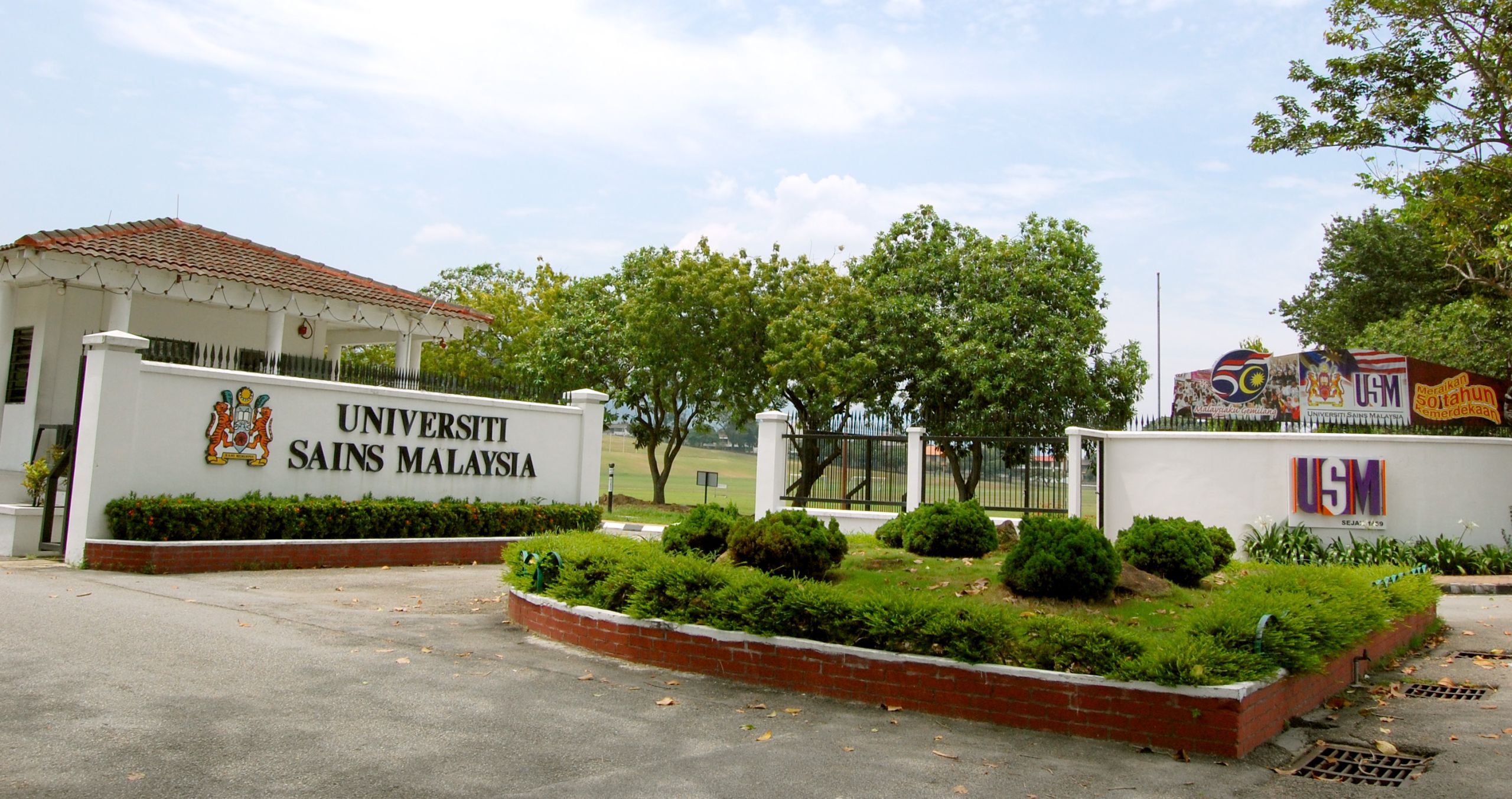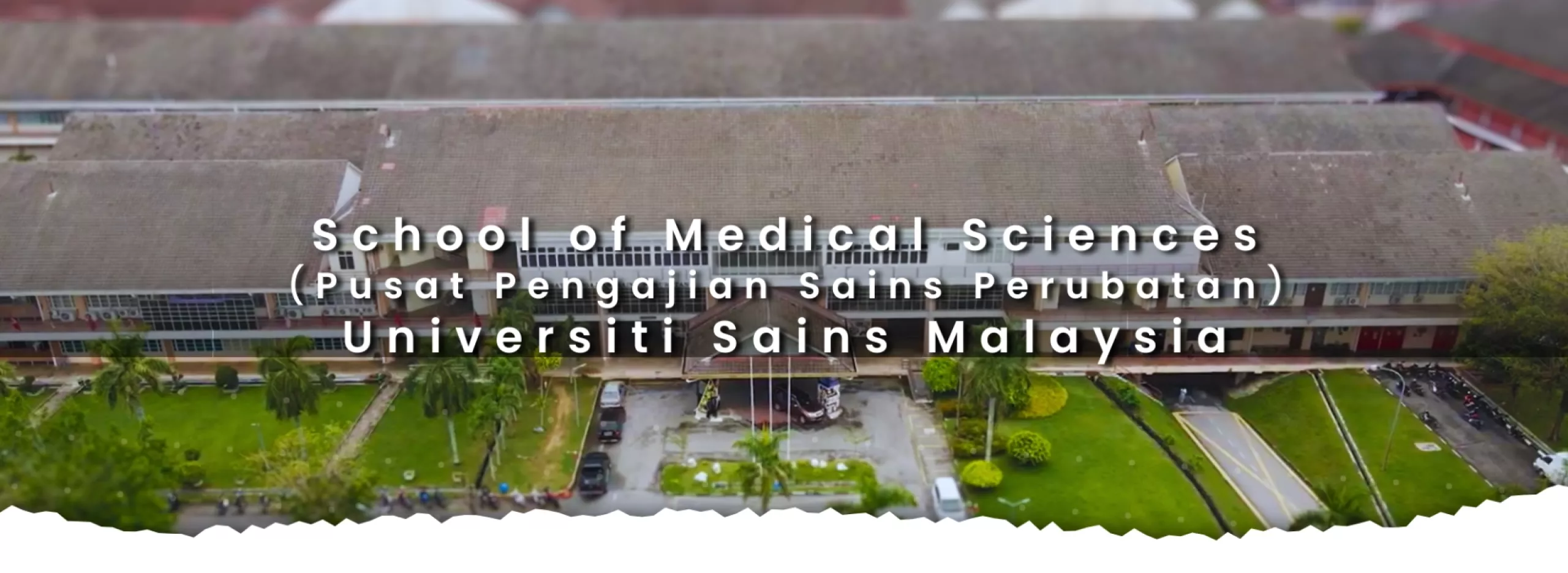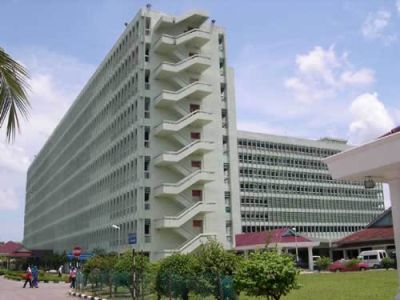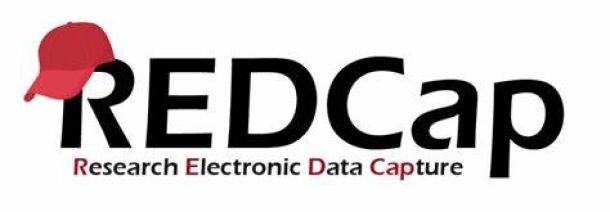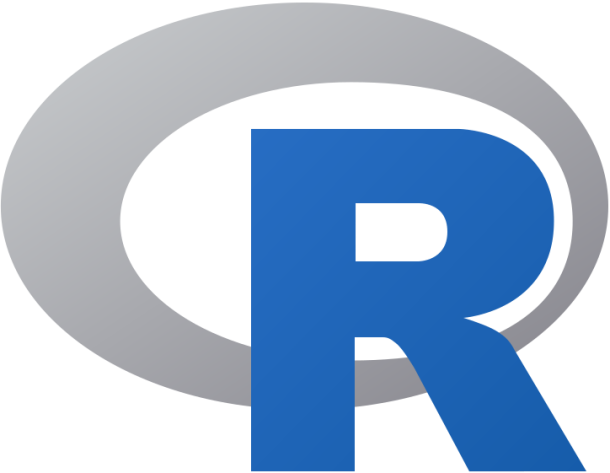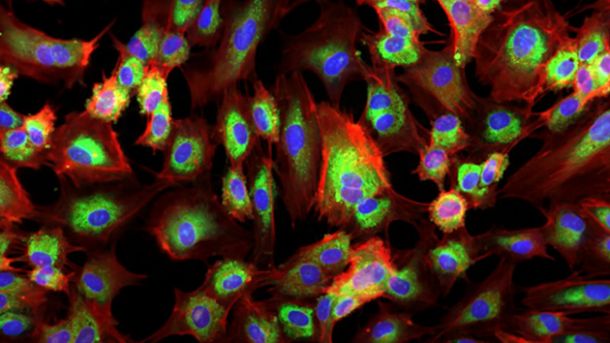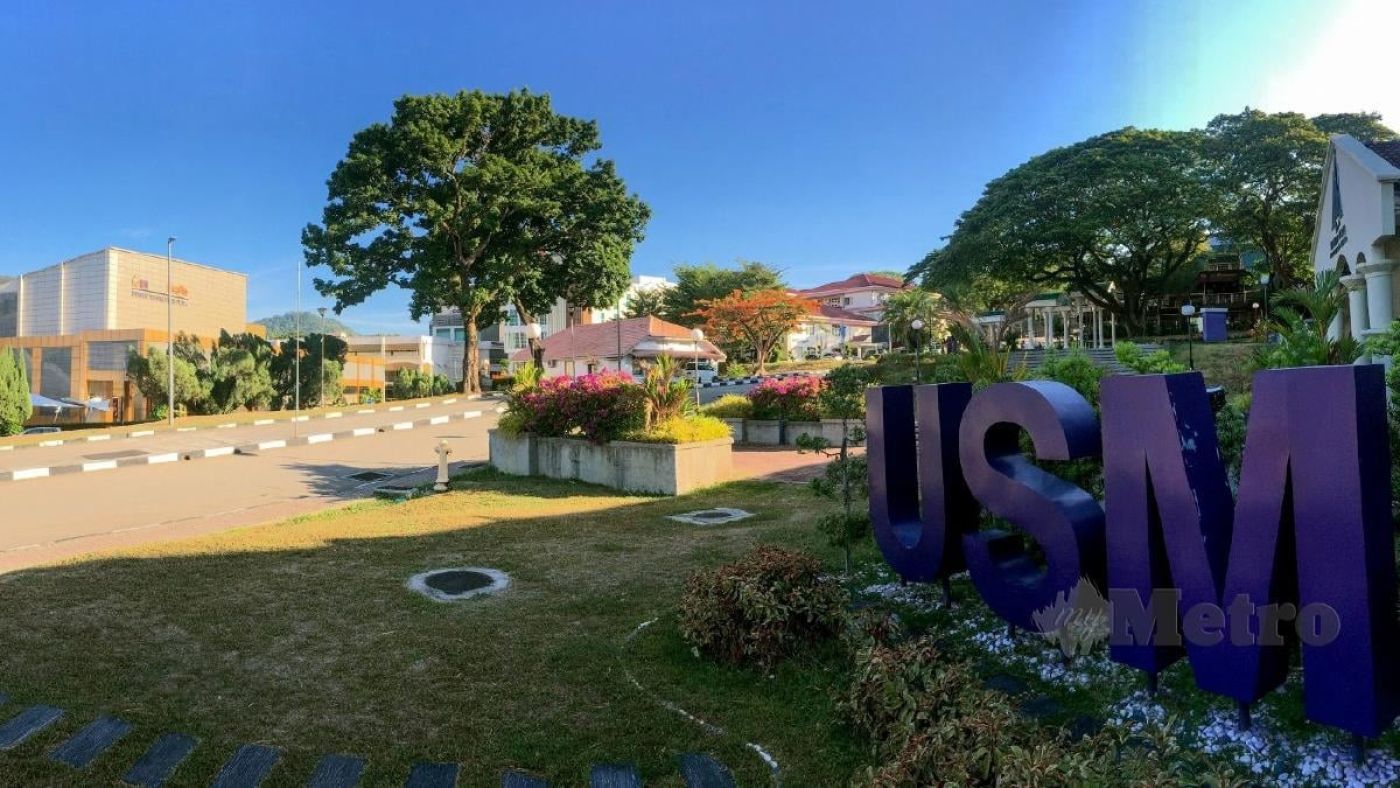
Understanding Digital Health
Digital technologies are now integral to daily life, and the world’s population has never been more interconnected. Innovation, particularly in the digital sphere, is happening at unprecedented scale. Even so, its application to improve the health of populations remains largely untapped, and there is immense scope for use of digital health solutions.
Healthcare in the digital age is a term that refers to the use of technology and data to improve the delivery and quality of medical care. Some aspects of healthcare in the digital age include connecting with patients remotely, making data work for diagnosis and treatment, and building a dashboard for health management.
The digital revolution has emerged with considerable changes in the healthcare sector. It has paved the way for the development of highly personalized medicine, which is now a reality.
Collaboration among medical institutions, corporations, and governments is required for healthcare digitization. Big Data, mobile devices, and other breakthroughs are propelling medicine forward, as seen by the COVID-19 pandemic.
